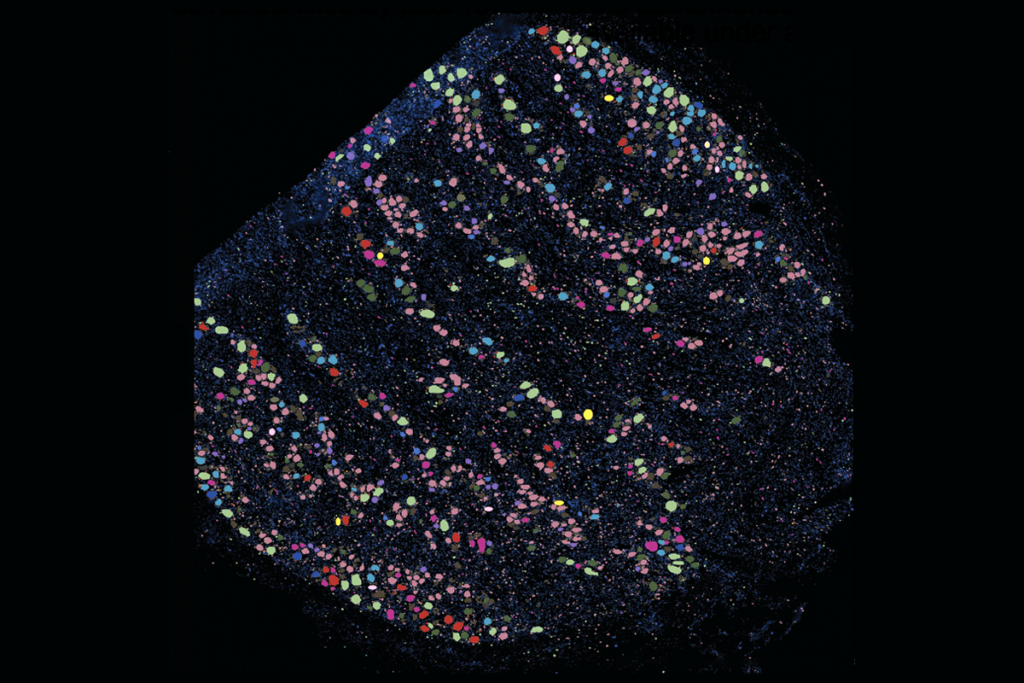This article is more than five years old.
Neuroscience—and science in general—is constantly evolving, so older articles may contain information or theories that have been reevaluated since their original publication date.
New evidence links autism and cerebral palsy at the genetic level, facial expressions tend to mislead, and many health conditions accompany autism.
The designation means the agency will accelerate its review of the drug, called L1-79. L1-79 dampens activity in nerve pathways thought to be involved in social and communication difficulties in autism.




